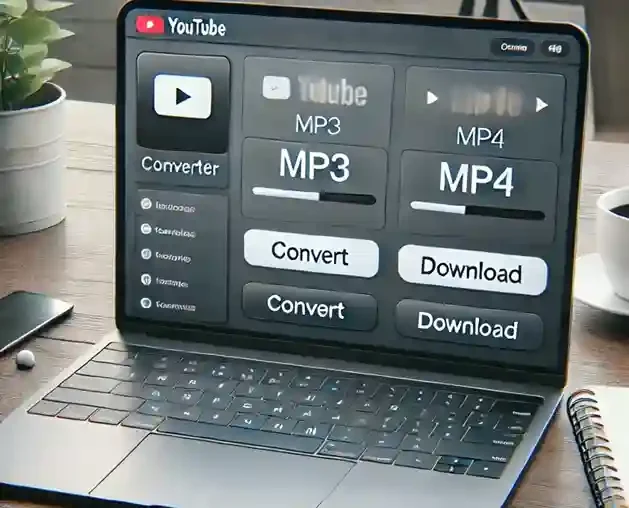Buying your first rental property is one of the smartest moves you can make toward building long-term wealth. However, it’s not as simple as picking a property and collecting rent. Successful real estate investors follow a clear strategy to maximize returns and minimize risks. In this comprehensive guide, we’ll walk you through the best strategy for buying your first rental, including planning, financing, market analysis, and ongoing management.
Why Invest in Rental Properties?
Real estate offers several advantages over other types of investments. With the right property, you can benefit from monthly cash flow, long-term appreciation, tax advantages, and leverage. Rental properties are also more stable than stocks and less volatile than cryptocurrency.
But success doesn’t come automatically. You need a roadmap—and that’s exactly what you’ll find here.
Step 1: Define Your Investment Goals
Before jumping into the market, ask yourself what you want to achieve:
- Are you aiming for monthly cash flow?
- Do you want to build equity for retirement?
- Are you seeking tax deductions?
Your answers will shape every other decision you make. For instance, if cash flow is your main goal, you’ll want to look for areas with high rental demand and relatively low property prices.
Step 2: Understand Your Financing Options
Understanding your financing choices is critical to your strategy. Most first-time investors go with conventional mortgage loans, but other options include:
- FHA loans (great for house hacking)
- Portfolio loans
- Private or hard money loans
You should also monitor global financial variables such as the al fuad exchange rate, especially if you’re using overseas funds or working with international investors. Changes in exchange rates can significantly affect your buying power. For updated information and tools, visit the al fuad exchange rate resource page.
Step 3: Analyze Potential Markets
Location is everything in real estate. The best strategy is to find a market that offers both affordability and growth potential. Look for:
- Job growth
- Population increase
- Low vacancy rates
- Future development plans
Don’t just focus on your hometown. Sometimes, out-of-state markets can offer much better returns.
Step 4: Build Your Investment Team
You can’t do everything alone. Surround yourself with professionals who can guide you:
- Real estate agent
- Mortgage broker
- Property inspector
- Attorney
- Accountant
Also, if you plan on transferring money across borders or verifying international account information, it helps to know the swift code bomlaead, which corresponds to First Abu Dhabi Bank. You can find complete details on the swift code bomlaead and its applications for secure transactions.
Step 5: Calculate the Numbers
The golden rule in rental investing is: never buy a property without running the numbers. You’ll want to calculate:
- Gross rental income
- Operating expenses
- Net operating income (NOI)
- Cash-on-cash return
- Capitalization rate (Cap Rate)
Make sure to budget for:
- Property taxes
- Insurance
- Maintenance
- Property management fees
- Vacancy reserves
This step ensures that your investment will be profitable from day one.
Step 6: Choose the Right Property Type
As a beginner, it’s wise to start with a single-family home or a small multi-family property. These tend to be easier to finance and manage compared to large apartment complexes or commercial properties.
A few key things to look for:
- Low crime area
- Proximity to schools, transit, and employment centers
- Properties in good condition to minimize repairs
Step 7: Secure Your Financing
Now that you’ve chosen a property, it’s time to lock in your financing. Shop around for the best mortgage rates, and be sure to have your paperwork ready:
- Proof of income
- Credit report
- Tax returns
- Bank statements
As mentioned earlier, fluctuations in the al fuad exchange rate can impact your borrowing power. If you’re leveraging international funding or planning to diversify globally, it’s wise to monitor this rate regularly.
Step 8: Conduct a Thorough Inspection
Even if the numbers look great, don’t skip the home inspection. This is your chance to identify hidden problems like:
- Foundation issues
- Roofing problems
- Electrical or plumbing concerns
- Pest infestations
A professional inspector can help you avoid buying a money pit.
Step 9: Close the Deal
Once the inspection is complete and financing is approved, you can proceed to closing. Review all the documents carefully, including the title report, and make sure there are no liens on the property.
Step 10: Manage Your Property Effectively
Once you’re a landlord, your job isn’t done. Effective management is key to your rental’s success. You have two options:
- Self-management: You handle everything from tenant screening to repairs.
- Property management company: They take care of day-to-day operations for a fee.
Either way, good tenant relationships, timely maintenance, and legal compliance are critical.
Advanced Tips for First-Time Investors
- House Hacking: Live in one unit of a multi-family property while renting out the others.
- 1031 Exchange: Defer capital gains taxes by reinvesting profits into a new property.
- REI Groups: Join real estate investment communities to learn from experienced investors.
Also, understanding key financial identifiers like swift code bomlaead is important when you’re expanding internationally or managing investments across multiple regions.
And don’t forget, the al fuad exchange rate not only impacts purchases, but can also affect your ROI when you repatriate rental income or reinvest abroad.
Final Thoughts
Buying your first rental property can feel overwhelming, but with the right strategy, you’ll set yourself up for long-term success. Focus on your goals, understand your financing options, run the numbers, and build a solid team. Keep an eye on global factors like the al fuad exchange rate and use tools like the swift code bomlaead to navigate international aspects of investing. Real estate can be a powerful wealth-building tool—if you play it smart from the start.










